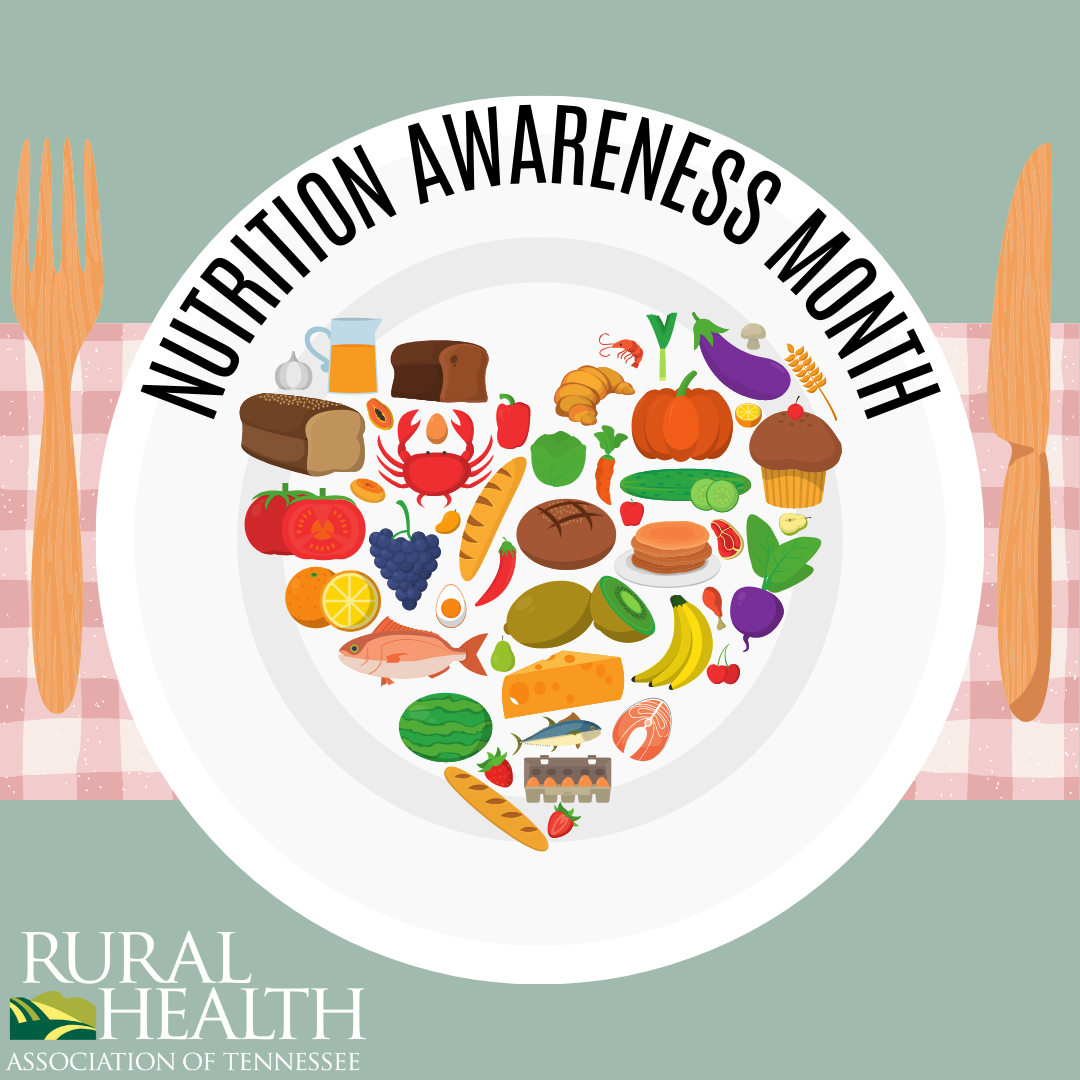 In the United States, food security remains a pressing issue, with millions of individuals and families facing challenges in accessing affordable and nutritious food. Rural areas, in particular, often bear the brunt of food insecurity due to limited access to grocery stores, fewer transportation options, and lower incomes compared to urban counterparts. These challenges are exacerbated by factors such as geographic isolation, limited employment opportunities, and reliance on agriculture, which can be susceptible to fluctuations in crop yields and market prices.
In the United States, food security remains a pressing issue, with millions of individuals and families facing challenges in accessing affordable and nutritious food. Rural areas, in particular, often bear the brunt of food insecurity due to limited access to grocery stores, fewer transportation options, and lower incomes compared to urban counterparts. These challenges are exacerbated by factors such as geographic isolation, limited employment opportunities, and reliance on agriculture, which can be susceptible to fluctuations in crop yields and market prices.
The impact of food insecurity in rural areas is profound, affecting not only physical health but also economic development and overall community well-being. Families may struggle to afford or access nutritious foods, leading to higher rates of diet-related illnesses such as obesity, diabetes, and heart disease. Moreover, children in food-insecure households are at risk of developmental delays and academic struggles, perpetuating cycles of poverty and inequality.
Addressing food security in rural America requires a multifaceted approach that addresses the root causes of the issue while also providing immediate relief to those in need. This includes investments in infrastructure to improve access to grocery stores and farmers' markets, support for local agriculture initiatives, and expansion of nutrition assistance programs such as SNAP (Supplemental Nutrition Assistance Program) and WIC (Women, Infants, and Children). Additionally, education and outreach efforts are crucial to empower individuals and communities with the knowledge and resources to make healthy food choices on a limited budget.
Several organizations and resources are dedicated to promoting healthy nutrition efforts and combating food insecurity in rural areas of the United States. Feeding America, a nationwide network of food banks, works to provide food assistance to millions of Americans facing hunger, including those in rural communities. The USDA's Rural Development program offers grants and loans to support infrastructure projects, such as community facilities and water systems, that can improve access to nutritious food in rural areas. Additionally, initiatives like Farm to School and Farm to Table programs connect local farmers with schools, restaurants, and consumers, promoting healthy eating while supporting small-scale agriculture and local economies. Through collaborative efforts and targeted interventions, it is possible to alleviate food insecurity and improve nutrition outcomes for rural Americans.

